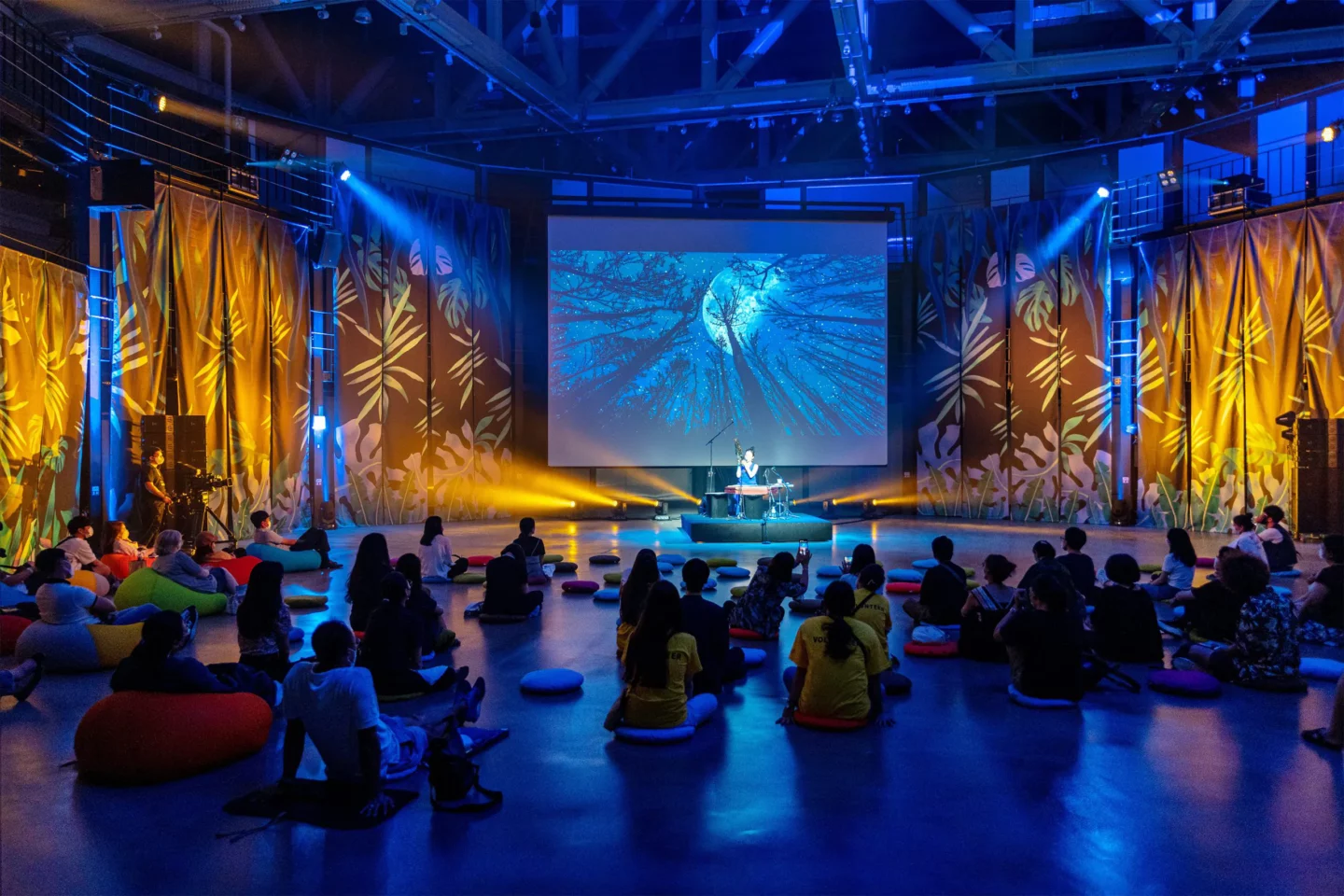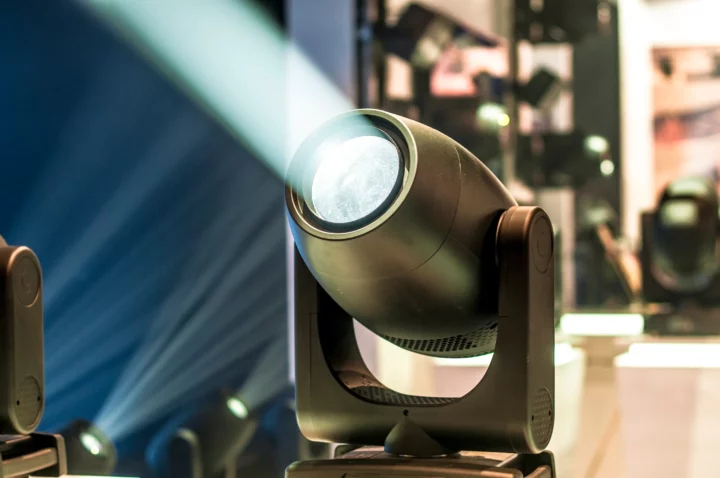Stage lighting is an art form. It’s used to illuminate a performance venue and make an impact on an event, giving visual direction and shaping the environment. There’s a lot to learn about stage lighting. In this post, we’ll cover some of the foundations of stage lighting that are helpful for anyone in the live performance space to understand.
The best lighting for a stage will depend on the specific needs of the performance and the design of the stage. In general, stage lighting should be carefully planned and executed to create a desired mood, highlight specific elements of the performance, and support the overall aesthetic of the production.
Here are some factors to consider when designing stage lighting:
Purpose
First and foremost, it’s important to consider the purpose of the lighting. Different types of lighting can be used to achieve different effects, such as creating a sense of drama or setting a mood. For example, warm, diffuse lighting may be used to create a cozy, intimate atmosphere, while harsh, directional lighting can be used to create tension or drama.
Stage size and layout
Another important consideration is the size and layout of the stage. The lighting needs to be tailored to the specific space in which the performance will take place. This includes the size of the stage, the height of the ceiling, and the position of the audience. For example, if the stage is large and the ceiling is high, you may need to use more powerful lighting fixtures to ensure that the entire stage is well-lit. On the other hand, if the stage is small and the ceiling is low, you may need to use smaller, more focused lighting fixtures to avoid overwhelming the space.
Type of lighting
There are many different types of lighting equipment available, including spotlights, floodlights, and wash lights. Each type of light has its own unique characteristics, and it’s important to choose the right equipment for the desired effect. For example, spotlights are great for highlighting specific areas or performers, while wash lights can be used to evenly light a large area or create a diffuse, ambient effect.
Color
Different colors can evoke different emotions and create different moods, so it’s important to choose colors that are appropriate for the show or event. For example, warm colors like red and yellow may be used to create a sense of excitement or passion, while cool colors like blue and green can create a calming, tranquil atmosphere.
Intensity
The intensity of the lighting can also affect the mood and atmosphere of the performance. Bright, intense lighting can create a lively and energetic atmosphere, while softer, more muted lighting can create a more relaxed and intimate atmosphere.
Direction
The direction of the lighting can also be important. Uplighting can create a more dramatic effect, while sidelighting can create a more natural look.
Equipment
Choose lighting equipment that is appropriate for the size and needs of the stage. This may include spotlights, floodlights, LED lights, and other types of lighting fixtures.
Placement and positioning
Finally, it’s important to consider the placement and positioning of the lighting equipment. Proper placement and positioning can help to create a cohesive, well-balanced lighting design, while poor placement can result in uneven lighting or unwanted shadows.
In conclusion, the best lighting for a stage will depend on the specific needs and goals of the event or production. By considering factors such as the purpose of the lighting, the type of equipment being used, the use of color, and the placement and positioning of the lights, it’s possible to create a lighting design that enhances the overall performance and creates the desired atmosphere for the audience.



